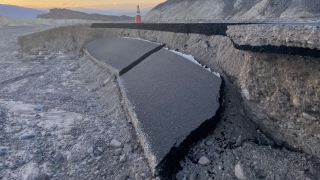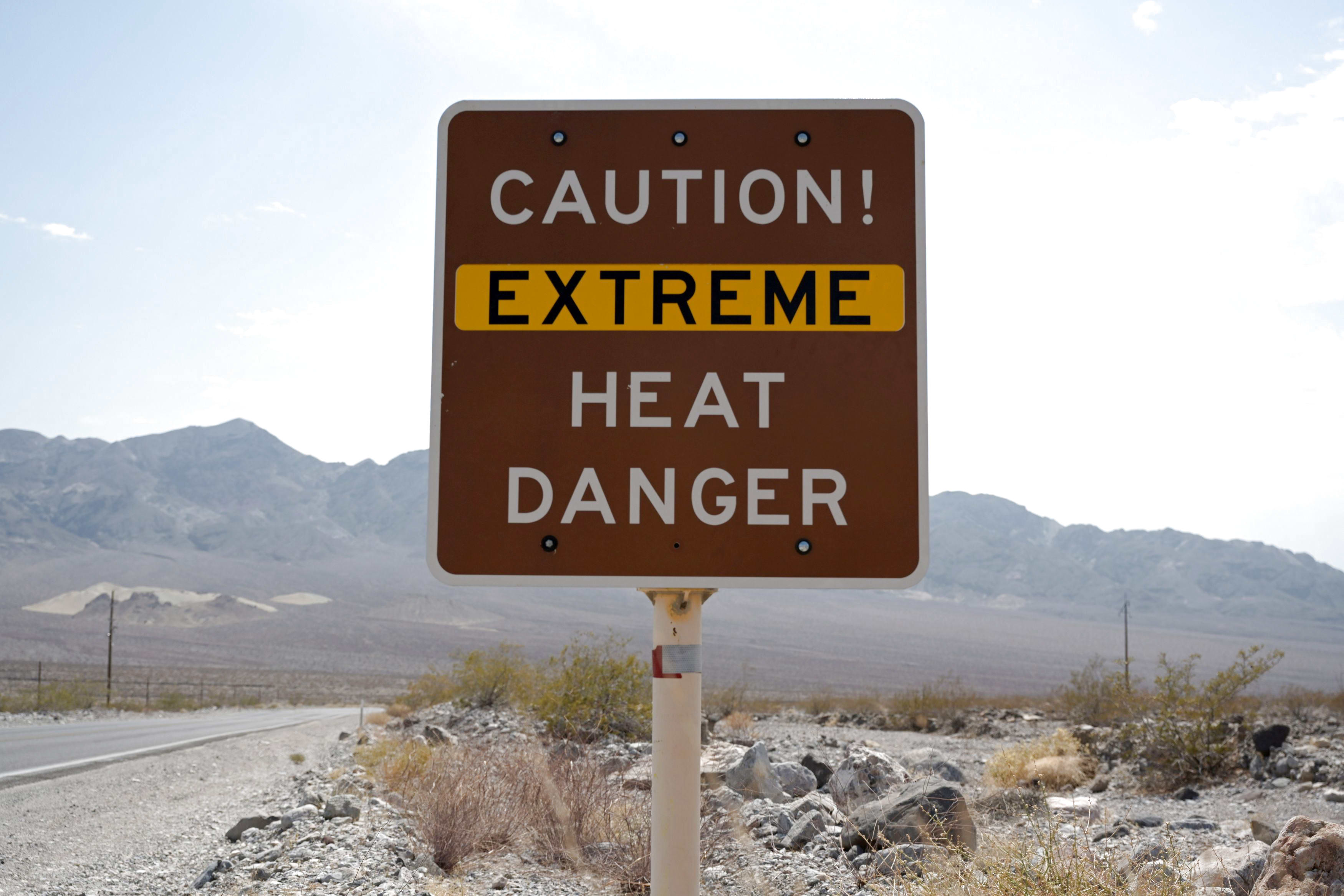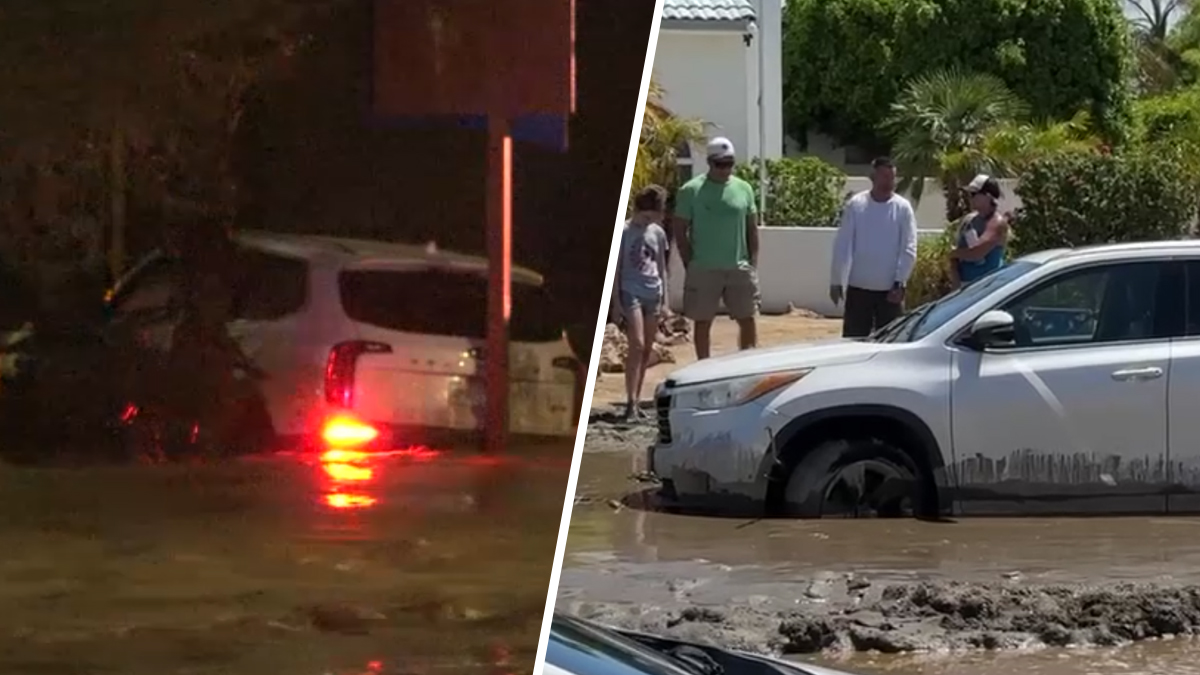
Major road repairs will likely keep parts of Death Valley National Park closed for months after Tropical Storm Hilary caused widespread flood damage.
All roads in the park, including Highway 190, were damaged in the rare summer storm that weakened from hurricane strength as it entered the colder waters off Southern California. A single-day park rainfall record was set Aug. 20 when Death Valley received more rain that it usually does in an entire year.
Roads remain closed until further notice due to damage that included erosion under the surface and drop-offs. Flooding also left dirt and rocks piled up to 5 feet deep on some roads.
Get top local stories in Southern California delivered to you every morning. >Sign up for NBC LA's News Headlines newsletter.
The park will likely reopen in stages, the Park Service said over the weekend. Reopening of Furnace Creek and Stovepipe Wells might take weeks. Secondary roads in the park might remain closed for months as crew clear debris and make repairs.
"Multiple national parks across the country have sent staff to assist Death Valley in this enormous undertaking," said acting superintendent Ben Roberts. "Each day brings more progress in our efforts to open and repair roads and facilities, but this is going to take time.
"Death Valley National Park is larger than the states of Rhode Island and Delaware, with over 1,400 miles of roads. There is a lot of work to do."
The first tropical storm to hit Southern California in 84 years delivered rainfall records Aug. 20 across Southern California during what is typically the region's driest month of the year.
The National Weather Service rain gauge at Furnace Creek measured 2.2 inches of rain. The annual average rainfall for the park is 2.15 inches. The previous single-day record of 1.70 inches set on Aug 5, 2022.
Aug. 20 also turned out to be the wettest August day ever in downtown Los Angeles with 2.30 inches of rain, breaking the old mark of 2.06 set Aug. 17, 1977 during Cyclone Doreen. Hilary dropped more than half an average year's worth of rain on some areas, including Palm Springs, which saw nearly 3.18 inches of rain by Sunday night.
Rainfall records were shattered throughout Southern California, including in Burbank (3.56 inches), Long Beach (2.63 inches), Woodland Hills (4.65 inches), Palmdale (3.94 inches) and at LAX (2.55 inches).



